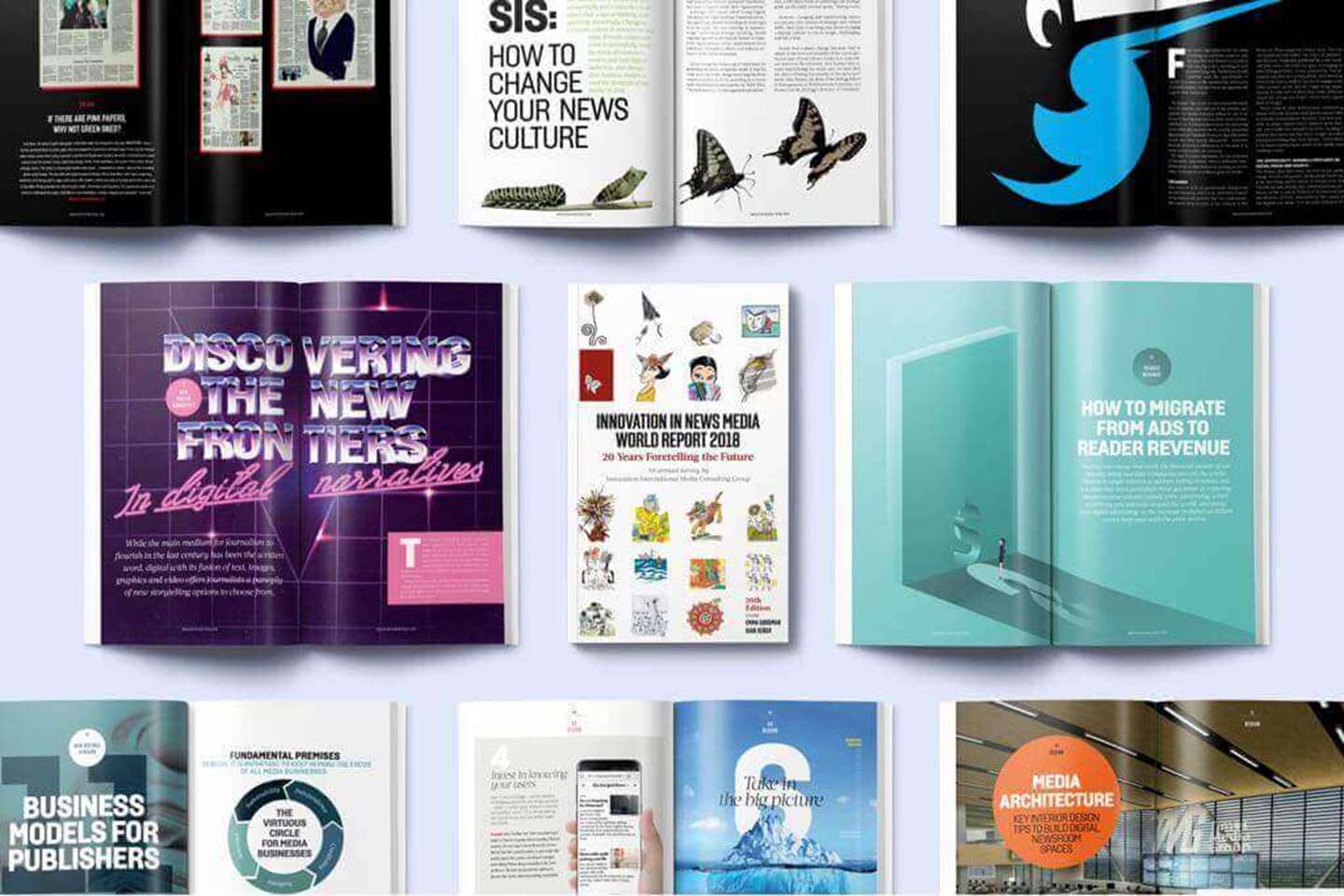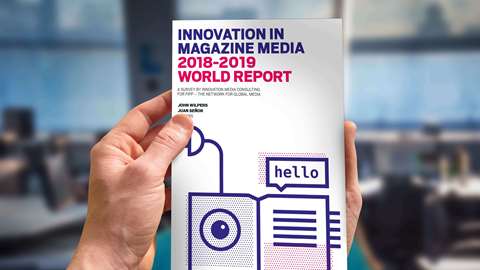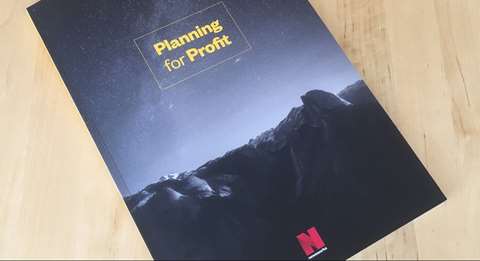Roberto Irineu Marinho, chairman and CEO of Grupo Globo, Brazil, says:
“We no longer have two separate worlds, paper and digital. And we no longer have a production cycle that is renewed every 24 hours, but a cycle that is renewed every moment, in a continuous journey, where everything is digital, with multiple deliveries and multiple platforms. Print is only one of them.”
---
In this same vein, the FT has created a new package that appeals to its always-on readers. On weekdays, subscribers enjoy a full digital diet, for that moment-by-moment reporting, while on the weekend they receive the bumper print version, for when they have a little more time on their hands.
Linda Thomas Brooks, president and CEO, The Association of Magazine Media, USA, says:
“The old trope that print is dead is just lazy thinking.”
---
The German daily Die Welt proved that even today, some things are only possible in print. In March, it paid a fitting – literally – tribute to its correspondent Deniz Yücel, who was arrested and then confined to a Turkish maximum-security prison without charge. The pages of the one-off edition, when laid out side by side, recreated the dimensions and characteristics of the cell (4.18 by 3.10 metres) where Yücel was held for more than 300 days.
Katharine Graham, former publisher, The Washington Post, USA, says:
“We do not always get it right. It is not always perfect. But we just keep on it. That’s the job, isn’t it?”
---
Like your news with a contrarian slant? You’ll be happy to hear that The Spectator is celebrating its 190th birthday in July and is set to become the first weekly to print a 10,000th edition. The publication has undergone innumerable changes over the years, and last year its UK subscription base grew by 11%, buoyed by a digital platform that gave readers three free articles before prompting them to subscribe. Smart.
Dean Baquet, executive editor, The New York Times, USA, says:
“In the end, the institutions that are thriving are the institutions that maintained their investment and ultimately increased their investment in bedrock reporting.”
---
Ever the journalist’s favourite, The Boston Globe scrapped its traditional front-page format for one day in February to make way for Nestor Ramos’s column, prompted by the Las Vegas shooting, among others. The words “We Know What Will Happen Next” were printed in bold black and red ink together with a 339-word column on the inevitability of another American mass shooting. Unsurprisingly, the story was the most read of the day.
David Carey, president, Hearst Magazines, USA, says:
“We reject this notion of ‘digital first’, because we think that denigrates the core business. We think there’s a lot of money to be made in the print business.”
---
One of the most successful modern-day innovations in UK publishing has to be The New European, a newspaper for the 48% who voted to remain in the EU. Originally intended as a post-Brexit pop-up paper, the publication has built a loyal, and growing, readership without much in the way of a digital presence. It’s proof that the right targeting, combined with great journalism, can work wonders.





